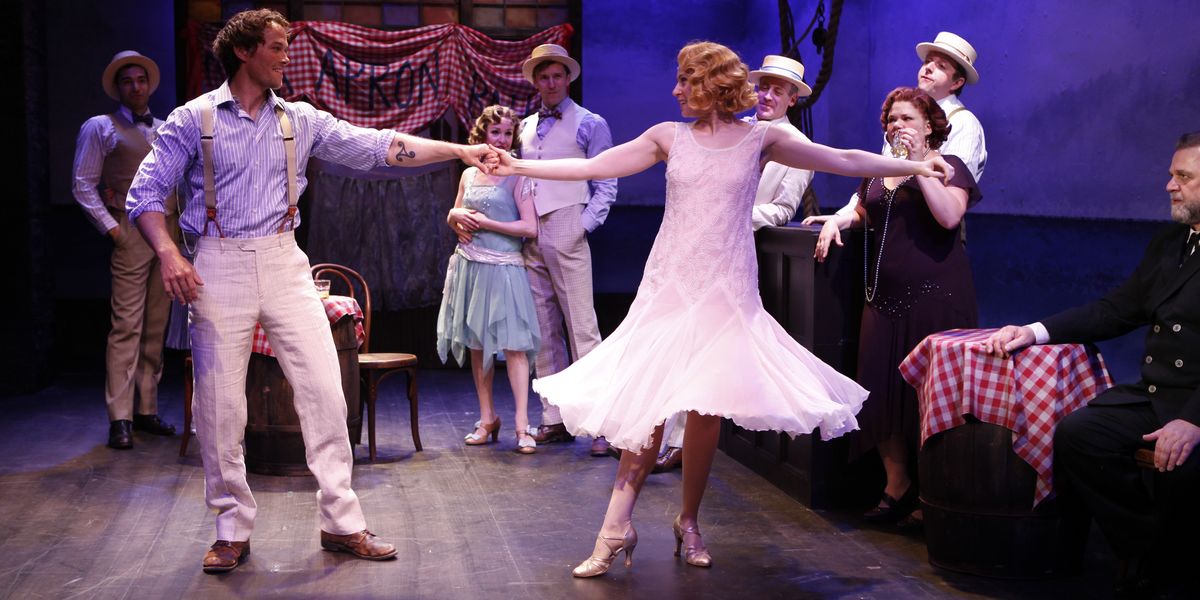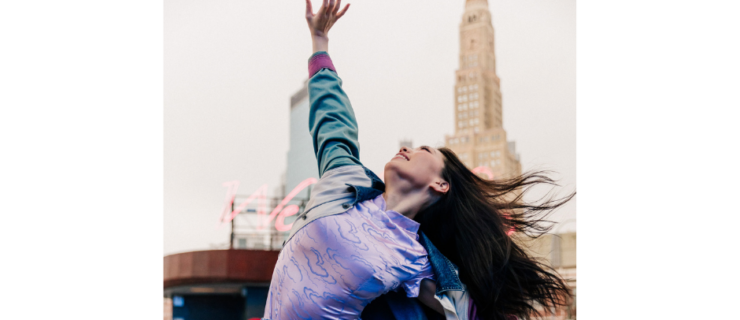The Case for Choreography You Barely Even Notice
The works of theater that win awards for dance and choreography—and admittedly the ones we usually cover here at Dance Magazine—tend to be ones with lots of dance. Sure, there are exceptions: The play The Curious Incident of the Dog in the Night-Time got a Best Choreography Tony nod in 2015 for its subtle yet powerful movement direction by Scott Graham and Steven Hoggett, and we love shows like Hundred Days and Indecent that feature choreography tailor-made for actors. But by and large, the shows that get the most recognition have the biggest, boldest dances.
But what if someone told you that the best choreography is actually the choreography you barely notice? Barry McNabb has built a successful career with that notion, as a frequent choreographer for Irish Repertory Theatre as well as musical theater productions around the world. His most recent work, Irish Rep’s The Dead, 1904, features a traditional Irish quadrille.
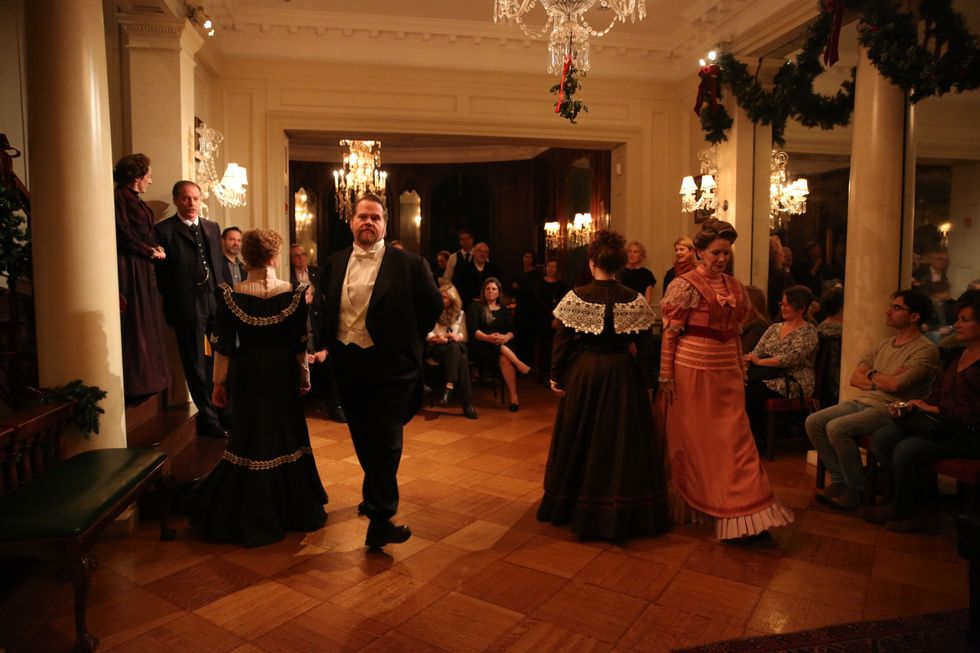
The cast of The Dead dancing a quadrille. PC Carol Rosegg
“These are dances that the characters would have known by heart,” says McNabb. “It should look like something they’re creating in the moment.” Sometimes, he says, people see dances like this in his work and assume the actors have come up with the movement themselves. Though that can be frustrating, McNabb takes it as a sign that he’s doing his job—that the movement is serving the characters and is fully integrated into the story.
Here are his biggest takeaways on making theater choreography that stays true to the show:
1. Question the dance break.
“I don’t do big dance breaks for the sake of doing big dance breaks,” says McNabb. “I’ve worked on new musicals where they’re like, ‘We need a dance break here,’ and I’m like, ‘Why?’ ” Dance should always come from an emotional build, he emphasizes, that starts with a scene, transitions into singing and finally breaks into movement.
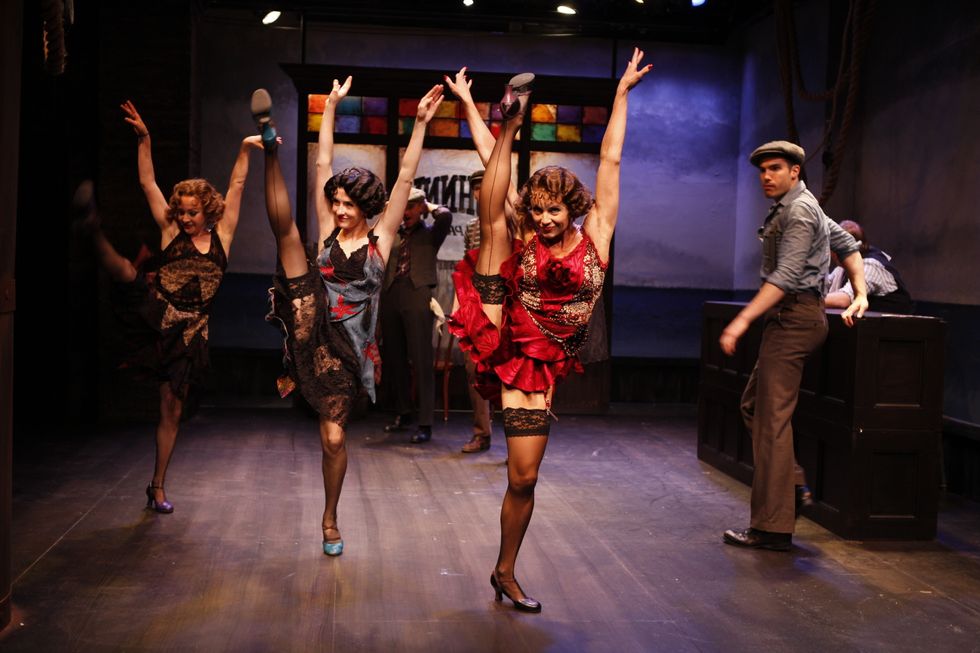
McNabb’s production of New Girl in Town at Irish Rep. PC Carol Rosegg
2. But that doesn’t mean you have to go small.
Even though McNabb frequently choreographs plays, he’s no stranger to big musical theater shows. Earlier in his career he served as dance captain for Bob Fosse, and he’s created movement for shows as iconic as West Side Story. He names Andy Blankenbuehler as someone who creates big, exciting choreography, while always integrating it into the story at hand.
3. Stand up for your work.
“Putting together a musical is the hardest thing in the world,” says McNabb. “You have to have either really thick skin, or a really huge ego, or both.” Sometimes, he says, when a show isn’t working, choreographers get blamed when it’s really a larger issue of structure or story. “If the choreographer doesn’t have a story to tell, the team is doing them a disservice. The dances are just putting artificial energy into the show.”
4. Meet actors where they are.
If you’re working on a show with primarily non-dancers, making them feel comfortable with movement is key. “The word ‘choreographer’ puts the fear of God into some actors,” says McNabb. “You have to make them feel like you’re not going to have them make fools out of themselves.” McNabb makes a point to always wear street clothes rather than dance clothes to the first rehearsal to avoid intimidating performers.
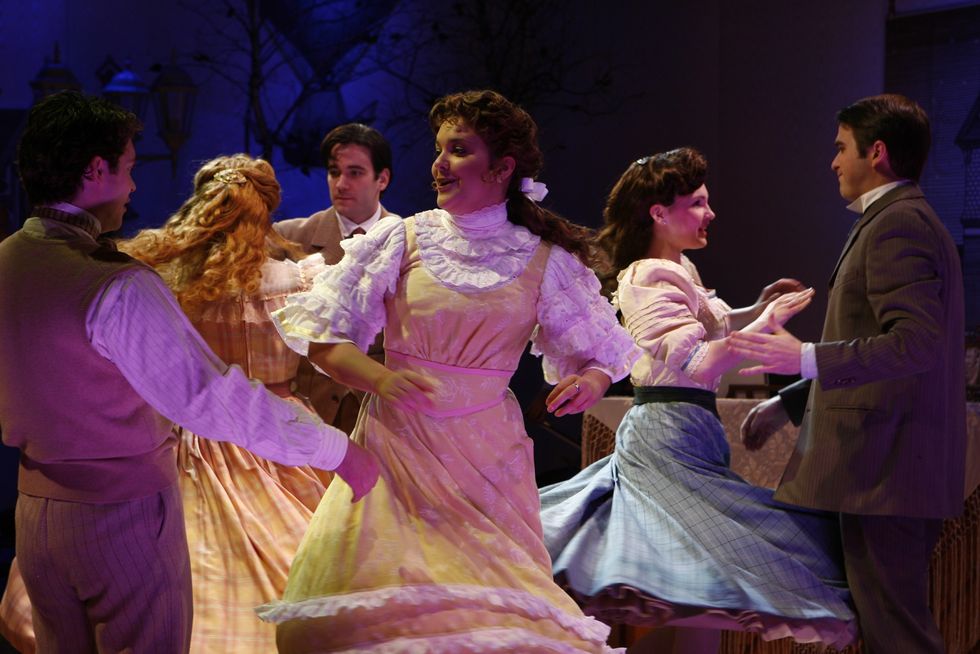
McNabb’s choreography in Irish Rep’s Meet Me in St. Louis. PC Carol Rosegg
5. And learn from your actors.
McNabb says choreographers could do better at working with actors to integrate their characters in the choreography. “When you’re working with good actors who physically manifest the character, they should inspire you,” he says. “Ballet and modern choreographers will use the dancers’ vocabulary to inform choreography, but theater choreographers tend to think they have to go in with everything made ahead of time. Be open to realizing that this actor moves in a way that you didn’t quite see before. Learn how an actor builds the way their character moves.”
